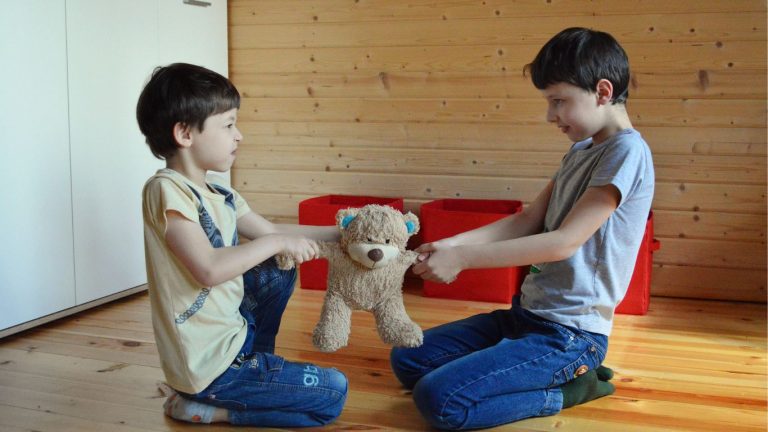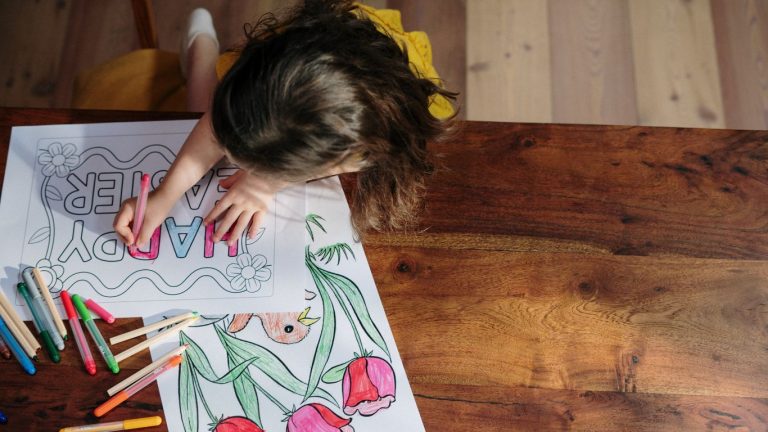Making sure your child eats the foods that give them energy to grow, flourish and concentrate is one of the core components of taking care of the family. Here’s 7 actionable Steps parent can take to create confident eaters at home.
When eating goes wrong it’s really easy to feel as though we’ve failed in one of our most important jobs.
Often though, we’re totally on the right track without realising it, and can stop doing the things that lead to more competent eating.
This is where the 7 steps come in really handy.
It is a great way to measure simply and specifically where our child is at.
Even as an adult, we learn to eat new foods in a specific way, much the same as a child would. Faced with an unfamiliar food that looks very different to anything we have seen before we are naturally more cautious. We often move through a series of baby steps that scaffold acceptance of the new food and bring us to the point where we are comfortable tasting it.
Knowing that we all move through a series of steps prior to the actual eating, is a key factor in understanding how to support a child to eat more widely.
It’s also critically important in recognising that many of our actions are vital, even if they do not directly result in a child eating something new, at that time.
There are actually dozens of steps in the eating process, but we can break them down into headings that are easy to understand and evaluate. It is the culmination of all the steps that leads to a child eating.
The steps are like stones across a river. We may be able to skip one, but if we try for more than that we’re likely to end up in the water.
We cannot expect a food anxious child to go from looking at a food to being comfortable eating it. There are many steps in between.
This is important to understand. Many caregivers have great routines and strategies in place but feel demoralised and give up because they are not seeing the final step, the eating occurring, even though that may be about to happen!
Eating comes once we have moved through, mastered and become confident in the steps prior. If at the end of each week a child has been able to experience many of the steps in a low-pressure environment, we are doing valuable things and actions that lead to positive outcomes.
Although there are many steps, I use 7 as a blueprint to track progress.
7 Steps to Confident Eating
- On the table. For a very food anxious child just having the foods in close proximity can be a challenge. If we move from melt-down to acceptance, then this is a big step forwards.
- On the plate. This can be a big challenge for many children and may have to be done in smaller, more manageable steps. Can we start by putting on a small plate or saucer near their plate? Are they accepting of a tiny bowl on top of their plate with the new food in it?
- Touching a food. Often one of the easiest steps to master away from the table, where there are no expectations to eat. Involving a child in growing, shopping, prepping or cooking food and we’re taking this step in a very non-threatening way.
- Smelling a food. Again, if a child is involved in the food chain for the family or the class, often smells are a natural part of the process.
- Licking a food. Children may organically do this as part of the food preparation process, for example, licking a beater or the juice of a fruit from the end of the fingers.
- Putting something in the mouth but taking it out nicely if it’s too challenging. Taking it out without censure is important. If a child becomes more confident trying new foods, there will be times when something is unpleasant texturally or flavour-wise. Being able to remove it from the mouth supports future forays into the unknown!
- Eating. Even a nano nibble would count as eating as the food is being bitten and swallowed. If we are able to manage a tiny bite, we can do volumes, it’s just a matter of time and confidence.
The steps also enable us to track progress in tangible ways.
We are looking at this from the point of view of an individual child, and therefore measuring from where they are currently at. For a child with Autism Spectrum Disorder, for example, catching sight of a food could be triggering. If we move from this to acceptance on the table then valuable progress has been made.
Although there are quite distinct steps when put down in writing, there is much blurring of the lines in practice. My recommendation is also not to work through these steps in a ‘therapy’ style session. I would not be asking a child to sniff or lick a food, more have it happen organically as part of interacting with a food.
If our child is shopping, prepping, cooking or serving food they are experiencing a range of the steps and in so doing being supported to make progress and eventually be comfortable eating new foods.
For more great advice on healthy eating habits, check out our School age: Food & nutrition section.






